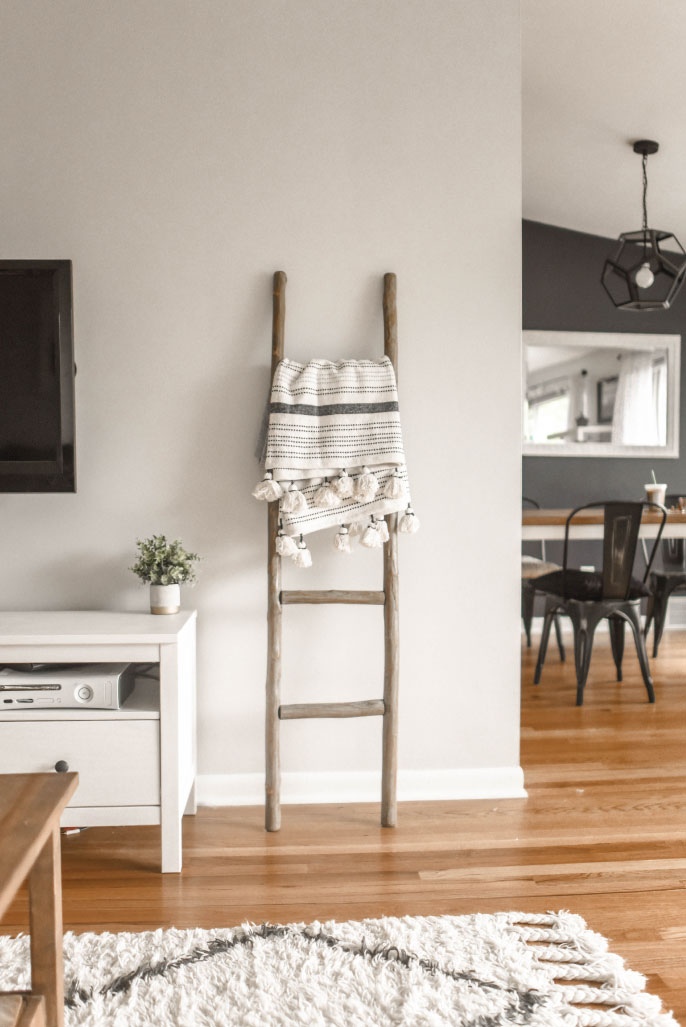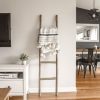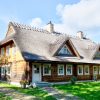When disaster strikes, the damage often extends beyond your home’s main structure. That’s where Coverage B – Other Structures comes in. This part of your homeowners insurance helps protect the detached features on your property — from fences to sheds — that aren’t physically connected to your house.
Let’s break down what Coverage B includes, how it works, and how much coverage you might need.
What Is Other Structures Coverage?
Coverage B provides financial protection for structures on your property that are not attached to your primary residence. If a covered peril (like a fire, hurricane, or vandalism) damages one of these structures, Coverage B helps pay for repairs or replacement.
This type of coverage is only included in homeowners insurance because renters and most condo owners don’t own the land or external structures on their property — and therefore, aren’t responsible for them.
Just like with Coverage A (Dwelling), a covered peril must be the cause of the damage for your claim to be approved. And, as always, claims related to negligence or excluded risks may be denied.
What Structures Are Typically Covered?
Coverage B generally applies to detached structures such as:
-
Fences
-
Detached garages
-
Sheds or storage buildings
-
Gazebos
-
Pergolas
-
Greenhouses
-
Driveways and walkways
-
Mailboxes
Keep in mind: Coverage can vary by policy, so it’s important to verify what’s included and what may require additional protection.
How Much Coverage Do You Need?
Most homeowners policies automatically include Coverage B at 10% of your dwelling coverage (Coverage A). For example, if your home is insured for $250,000, you’d typically have $25,000 in Coverage B.
But is that enough?
To find out, add up the replacement value of all detached structures on your property. If rebuilding your fence, shed, and detached garage would cost $30,000, but you only have $25,000 in coverage — you’re underinsured by $5,000.
In that case, it’s wise to contact your insurance agent and consider increasing your Coverage B limit to match your property’s needs.
Final Thoughts
Disasters don’t target just your house — they can impact your entire property. That’s why Coverage B is such an important part of your homeowners insurance. It ensures the other structures that make your property whole are also protected.
Need help adjusting your coverage? Your Universal agent can review your policy, evaluate your risks, and make sure you have the right level of protection in place.





